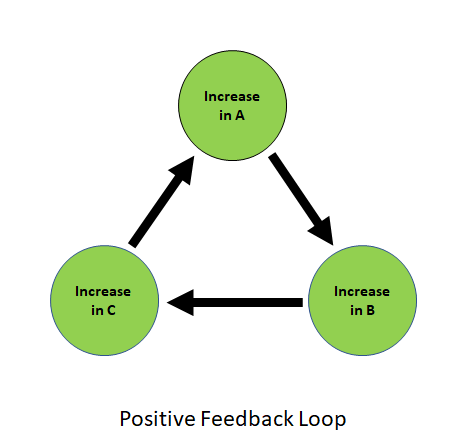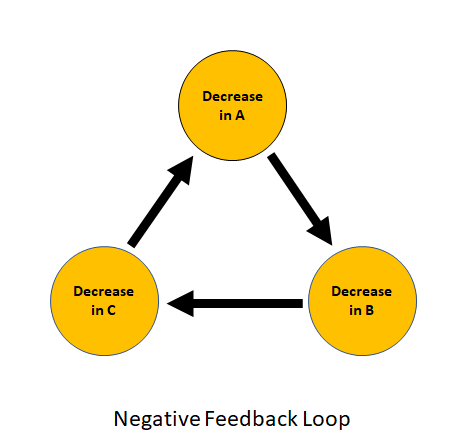Introduction
Human needs motivate our actions and satisfiers are the goals that we seek to achieve. The knowledge that we hold affects our perception of these needs and of potential satisfiers. In this series of articles, I will discuss the nature of knowledge and how we acquire it.
Firstly, however, I would like to discuss consciousness. How sometimes we know what we know, and how sometimes we do not. Consciousness is a hotly debated subject and there is no consensus on how it came to exist. Some take the view that it is a divine gift, others that it is the very fabric of the universe, yet others that it is an emergent property of our complex brains. There is no proof for any of these, but the last best fits my personal knowledge and experience. So, this is what I will describe, beginning, in this article, with feedback loops and emergent properties. In the next article, I will describe how, in my view, these processes lead to consciousness.
Feedback Loops
A variable characteristic is a feature of objects or events to which a value can be applied. For example, all mountains have a height above sea level, but the height of Mount Everest is 8848 metres whilst that of Mont Blanc is 4808 metres. Feedback loops are circular chains of causally related objects or events, each with some variable characteristic.
In a feedback loop, a change in a variable characteristic of an object or event, the cause, alters a variable characteristic of another, the effect. In turn, the latter affects a variable characteristic of a third and so on. For example, A may cause an increase in B which in turn causes an increase in C, which in turn causes an increase in A. The classic example is a microphone placed in front of a loudspeaker. The microphone picks up a small sound which is then amplified and emitted more loudly by the loudspeaker. This in turn is picked up by the microphone, amplified again and emitted yet more loudly. This process continues until the system is emitting a deafening howl at its maximum volume.
This is an example of a positive feedback loop, i.e., one in which the variable characteristic of a component increases until the maximum capacity of the system is reached. Negative feedback loops also exist. In the latter case, rather than an increase in one component causing an increase in another, it causes a decrease and, as the circular chain of causation is acted out, the latter steadily diminishes until it is extinguished or becomes zero.


Finally, the combination of a positive feedback loop and a negative feedback loop can result in a system which stabilises the variable characteristic of a component at a particular value. If it increases above that value, the negative feedback loop reduces it and if it falls below that value the positive feedback loop increases it.
In their simplest form, feedback loops are often used in machinery. The image below shows how the governor of a steam engine keeps it operating at a constant speed. Click the link for a more detailed explanation.

In the natural world, feedback loops can be extremely complex and difficult to identify. A combination of several causes may be necessary for an effect to occur. For example, both an increase in A and a decrease in B may be necessary to cause an increase in D. Furthermore, the absence of an inhibitor C may also be required. In this more complex form, feedback loops proliferate in individuals, society, and the natural environment, where they play a major role in determining the behaviour of these systems.
Emergent Properties
An emergent property is a property of a system which is not held by its individual parts. Such emergent properties are probably caused by feedback loops. For example, it is clear that the deafening howl that the microphone, amplifier and loudspeaker produce is an emergent property of the system. None of these components can produce this effect on their own. Life is a collection of systems of increasing complexity, e.g., cells, multi-cellular organisms, societies of organisms and eco-systems. As the level of complexity increases it can be expected that feedback loops will occur and that system properties will emerge.
In my next article I will discuss the way that feedback loops help to explain the conscious and unconscious aspects of our minds.